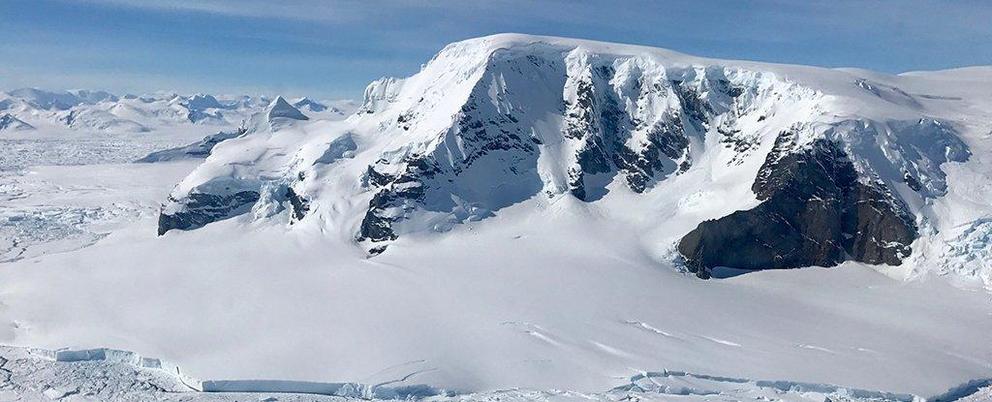Antarctic ice sheets are still leaking radioactive chlorine from 1950s nuclear weapons tests
As if we didn't have enough to worry about, the vast ice sheets of Antarctica are still releasing radioactive chlorine, a new study has confirmed – the remnants of nuclear weapons tests carried out in the 1950s.
The good news is that we now know it's happening, and it could give us some useful insights into how Earth's atmosphere works, even if scientists might have to change their thinking on how Antarctica stores and releases this radioactive element.
When nuclear bombs are detonated like they were by the United States in the Pacific Ocean during the 1950s and 1960s, chlorine-36 is one of the radioactive isotopes released into the air as neutrons react with the chlorine in seawater.
These isotopes traveled through the air to Antarctica where they became trapped in the ice sheet. Since then, other such isotopes have returned to pre-testing levels – but not, apparently, chlorine-36.
The isotope also occurs naturally and is used by scientists to date ice cores, along with beryllium-10. But the specific type of chlorine-36 released by the nuclear tests should be permanently trapped by the snow in Antarctica, so we shouldn't be finding any readings of it in the atmosphere.
"There is no more nuclear chlorine-36 in the global atmosphere," says geoscientist Mélanie Baroni, from the European Centre for Research and Teaching in Geosciences and the Environment in France. "That is... why we should observe natural chlorine-36 levels everywhere."
By analysing two specific areas of Antarctica – one with relatively little annual snowfall, and one with a lot of annual snowfall – the scientists found that high levels of chlorine-36 are still present near the surface of the ice around the location with little snowfall, the Russian Vostok research station.
As recently as 2008, there were 10 times the natural chlorine-36 levels in the ice around the base, the scientists found. The resulting radioactivity is too small to have any serious impact on Earth's atmosphere, but it seems this isotope is more resilient than anyone thought.
It's also proving to be more agile than scientists had previously reckoned with, moving up from the depths of the snowpack in the years since 1998. That's another discovery that surprised scientists.
The findings presented here could shed new insight into how Earth's climate has evolved over millions of years – we can take some smart guesses at that based on the age of the ice underneath Antarctica, and chlorine-36 is crucial to that dating process.
If the isotope is behaving in a different way than previously thought, then that has repercussions on how ice cores can be analysed and dated. It could change some of the history lessons that the ice has taught us down the years. Indeed, plans are already underway to drill for a 1.5 million-year-old ice core in the region.
What the research also does is act as a reminder of the long-lasting impact that nuclear weapons can have on the environment, decades after detonation.
The research has been published in the Journal of Geophysical Research - Atmospheres.

